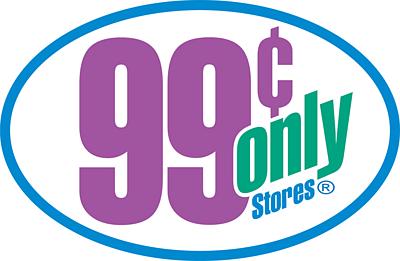 A good post at the Huffington Post about the 99 cent price point.
A good post at the Huffington Post about the 99 cent price point.
Let’s look at the dollars and cents of the 99-cent price point for independent authors. If an author is self-published through Amazon KDP, he or she earns 34 cents per 99-cent book sold. Not only do authors put time and energy into their writing, there are other associated costs to publishing a quality book, including cover artists ($125-3000), editors ($800-5000), marketing, etc. If you add up the average cover cost of $350, average editing job of $1400, then divide by 34 cents, the author would have to sell 5,134 books just to break even, and that’s nearly impossible without an additional amount for advertising. This would also assume that the author receives no income for actually writing the book. Most independent authors will sell less than 100 copies of their ebooks.
What about the author published through a small press? For that author, that 34 cents in earnings is reduced to roughly 12 cents per book.
Traditional publishers cannot even begin to price books at 99-cents, as they have far too much overhead to do so. In addition, how can a publisher sell a hardback book for $26 if the ebook version is 99 cents?
I often hear readers say, “Look how many books they sell. [Authors] earn enough money.” An author published through a small press that sells 100,000 ebooks at 99 cents, earns an annual salary of $12,000. To earn $40,000 per year, that author would have to sell 333,333 books per year. According to the recent Wall Street Journal article, there are only 30 authors have sold over 100,000 copies of their books (I am proud to be included in this number, and lucky that not all of my books were priced at $.99), and only a dozen have sold over 200,000.
That last piece is very important. Though self-publishing is booming as an idea, there are relatively few major sellers. In fact, there are fewer major sellers than there are in traditional publishing. So it’s amazing that they’ve done this, but they’re also an incredible anomaly.
Still, 200,000 books isn’t really the threshold. If you’ve sold 20,000 books you’re doing great, and the Kindle has seriously opened up the world for a many writers. The tally for 20,000 books at .99 is around $7000. That’s better than some advances.
What’s missing from the argument is what readers expect from a 99 cent book. It’s pretty evident in the first wave of Kindle sales that Kindle owners are mostly readers of commercial books. So if they’re buying a 99 cent book, they might be in the market for a “cheap” read. The Kindle is the new dime-store novel emporium. This isn’t true across the board – The Mill River Recluse comes to mind – but a writer like John Locke is a pulp writer. Literally, if people are more invested in the price of a book, they may be more invested in the book itself.
I’ve been seeing the word “Boring” on reviews on Amazon for books I like (including my own). Boring may be the new word for “literary” among Kindle owners. It may not be in a writer’s interest to charge 99 cents for a book if it’s not purely plot-driven and requires more of an investment of time. Those types of reviews can hurt sales overall.
It’s a tough balance because though it seems like the ebook industry is booming, there is a limited market for readers (this is for non-fiction, which tend to sell better):
Combine the explosion of books published with the declining total sales and you get shrinking sales of each new title. According to Nielsen BookScan – which tracks most bookstore, online, and other retail sales of books (including Amazon.com) – only 282 million books were sold in 2009 in the U.S. in all adult nonfiction categories combined (Publishers Weekly, January 11, 2010). The average U.S. nonfiction book is now selling less than 250 copies per year and less than 3,000 copies over its lifetime.
So writers may have no choice but to lower the price – especially when they’re not just competing with other 99 cent books, but free books as well. One of the biggest arguments for writers releasing new books – rather than spend all their time marketing old ones – is to experiment with pricing. You never know which book is going to take off at which price point. But if you have a few $2.99 books and one 99 cent book, this can drive sales of that one book, as opposed to one book being on its own.
As much as writers would like to value their work higher – there’s also value in being read. There’s even value in getting a bad review. At least it inspired a reaction. A book which has “The best book I’ve ever read” and “The worst book I’ve ever read” may actually spark interest with some readers. We all love our own books, and know the hours of sweat and toil that went into writing it, but you’re just not that valuable to a reader who’s never heard of you. And so long as so many other writers are pricing their books at 99 cents, there’s really not much you can do about it except match the price, even if your personal philosophy screams against it.
My own books:
The American Book of the Dead – $1.99
North of Sunset – $.99
The Golden Calf (not self-published, out of my control) – $3.99
The American Book of the Dead sells the best. But this has as much to do with the content (dystopian, rather than Hollywood novels for the other ones) as price. I’ll soon be releasing The American Book Part II at $.99 and an old novel I’m currently revising at $2.99.
In short (and this isn’t entirely helpful): everyone’s going to have a different experience with pricing.
Get an Editorial Review | Get Amazon Sales & Reviews | Get Edited | Publish Your Book | Enter the SPR Book Awards | Other Marketing Services


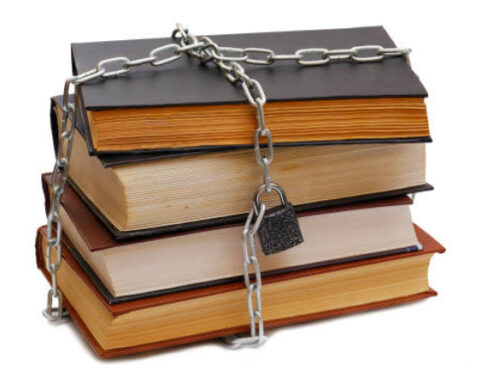
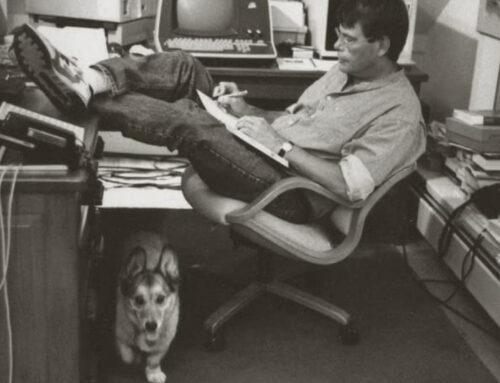



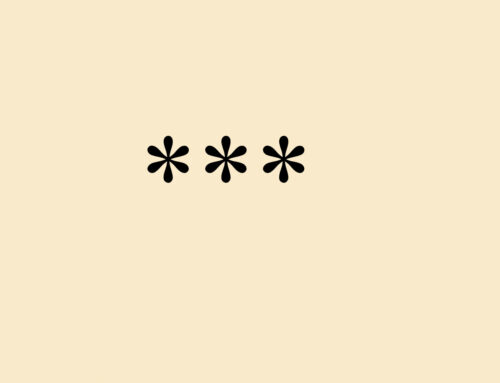
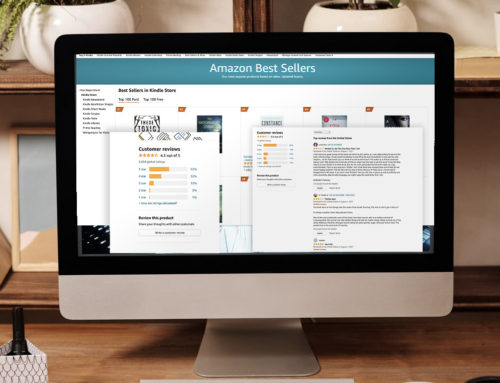




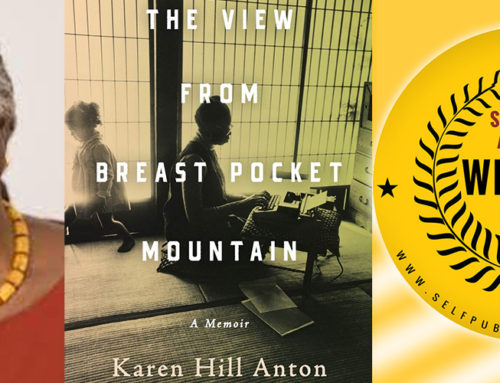
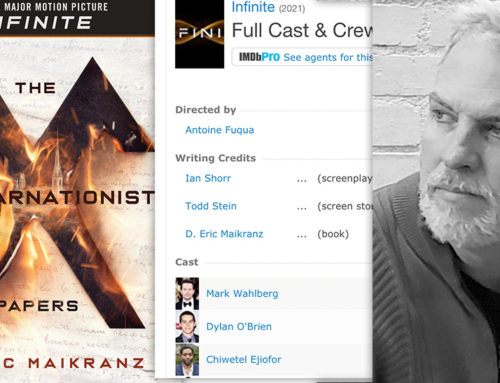







Generally disingenuous. Apparently the initial poster comes from the publishing industry and has antique notions of what a book requires. Nowadays, a book requires little more than the writing/editing skills of the author. Covers are easily made. Publishing is done with free tools. Advertising can be word of mouth, Facebook advertising, etc., etc. So that means that instead of, what, 5 cents a book through a major publisher, the writer is earning 34% with virtually no overhead. And they can sell any number of books that they want to sell. Making a nice additional income.
“Most independent authors will sell less than 100 copies of their ebooks.” I hate to say it, but I’m somewhat sick of this figure. It gets carried over from article to article off of someone’s quote over average self-published author sales totaled up and divided by how many use some vanity publishing house. Is that 100 books the lifetime of the book? 100 books every year? Is that 100 ebooks? Is that 100 print books? 100 books total and you are doomed to failure? Sorry, but it annoys me because I know the average self-published author does much better.
The 99 cent argument doesn’t stand up much either to traditionally published authors only making 25% off their ebook sales from their publishers, when as a self-publisher we can make up to 70%. Ouch.
Yeah, that leaped out at me too – that seems like a POD number, not an ebook number. How is it possible that 99 cent ebooks sell at the same rate as overpriced POD books?
But who knows – given the millions of people now self-publishing, maybe it’s accurate. A lot of ebooks sit there and don’t sell.
The ebook pricing issue has to do with immediate results. Unknown or little-known independent authors of non-pulp fiction, of which I am one, should focus on their long-term goals instead. If they do, I think they’ll realize that the pricing of their ebooks doesn’t matter all that much. For such a writer, I view $.99 as the floor and $2.99 as the ceiling. Those with money they’d otherwise waste on other things can spend it on covers, editing, and marketing and charge $2.99. Those unwilling or unable to make that kind of investment can go the Jeff Swanson route and set their price at $.99. I hope the best for all of them.
I’ve been self publishing for the last nine months, so I’m still a relative newcomer, but the debate over pricing seems to have been going since the begining and I’ll bet it doesn’t end anytime soon. Still, my .02.
“So writers may have no choice but to lower the price – especially when they’re not just competing with other 99 cent books, but free books as well.”
I disagree. Writers who are supporting themselves may not have the option of pricing a novel less than $2.99. Also, are your books really competing with the free ones? (Incidentally, Amazon will not allow you to offer your books for free.) Is the editing, the writing, and the artwork of your books on the same level as a free book? Or one selling for $.99?
$.99 is a persuasive price point and definitely has a place (just like free does) but a full novel? Hopefully everyone realizes that when they price a novel at $.99 they’re saying that what they spent the past three months working on is worth an ice cream cone from McDonalds.
Couple things – writers can set their books for free via KDP Select or by setting the book to free elsewhere. And these books are competition b/c more writers are doing this: http://kindle-author.blogspot.com/2011/12/kindle-ebook-sales-report-day-1.html
So what’s better: selling 5 books at $4.99 or 100 books at $.99? That’s what authors are facing. In theory, you’ll make more money at a higher price point, but with so many cheap ebooks out there, sometimes underselling yourself is the only option. I don’t like that, but it’s the reality of the Kindle store.
A 99 cent book? Why would anyone bother with a 99 cent book? I once had a girlfriend who kept a big box of paperback detective novels – hundreds of them – and she’d grab one up, inhale it in less than a week, and then move on to the next.
I asked her one day “Okay, so who was the protag of the book you read just before the last one?”
“I don’t know,” she replied. “I think it was…..hell, who cares?”
Turned out that she would completely erase each story from her mind just as she lumbered on to the next. And that box? It emptied and filled as part of a network of similar sleep-readers that she put together with her sister and some friends from a variety of past jobs over the years. To them, the books were just crap to look at daily instead of watching sitcoms on TV. Not the kind of people I’d ever want to sell anything to, at any price.
I have reasons for writing the books I’ve written, and impulse buys isn’t one of those reasons. Let everyone else battle over 99 cents versus $2.99 versus whatever they think will give them a leg up on unloading units. I’d rather use my books to weigh down the box my corpse has been stuffed into (so as to keep me from conspicuously bobbing around in the harbor) than to pester myself with a price-break race to the bottom on behalf of bargain shoppers.
If someone passes on an ebook of mine over cost, then that’s one more person that I don’t want reading my stuff. I won’t ever get rich anyway, so why indulge those people.
I have to agree that the race to the bottom is a race I’ll pass on participating in. I have played around with prices quite a bit on my e-books since I started publishing them just over a year ago. I still have several really small e-books at $.99 or $1.99, but anything that qualifies as a full size book, whether it’s fiction or non-fiction, starts at $2.99 and goes up from there (with $4.99 as my current highest). In most cases, I’ve watched my sales move up slowly as the price has gone up.
I don’t expect to get rich any time soon, but as I’m in this for the long haul, I’m okay with that.
Currently, as an experiment, I have my novel “The Shenandoah Spy” which has a lot of five star reviews, on special sale for 99 cents for the e-book. The goal is to sell 100,000 copies by January 8, 2012. I have promoted it extensively and done all the social media things one is supposed to do. It’s on Nook too, but it’s the Kindle I am putting to the test here. The price for the e-book was $9.99 and the print edition is $22.50. I don’t think that lowering the price will create a huge demand for more copies and I think that Amazon.com has a lot to answer for, but you don’t know until you try. I also think that e-books and print books are discreet market categories that don’t have much to do with one another and the same is true of audio books. I will run this out to the date specified, but so far, it doesn’t look like that 100,000 copy figure is very realistic, if only because there are a lot of 99 cent books out there. I don’t count these as sales lost because those buyers are not looking for a good book but a cheap and easy read and “The Shenandoah Spy” regardless of cover price, is not that. But check it out. You’ll never be able to buy it for less.
I’m going to price my book at $0.99. Why wouldn’t I? My words are not worth anything, unless I have readers. I could care less than to think of ego from my writing.
Well, an update here: The 99 cent experiment on “The Shenandoah Spy” is over and was not successful. My goal really was 100,000 copies, in the spirit of what Darcie Chan was able to do with her first novel “The Mill River Recluse” (which is a pretty good book, IMO). She’s sold over 400,000 copies in less than a year because of word-of-mouth and then publicity based on those numbers. My book has multiple five star reviews, so it was real bargain, but the increase in sales was not enough to make up for the margin sacrificed. The new price of $5.99 gives me more than ten times the profit per copy. I’ve heard that even stalwarts of self publishing such as Konrath are backing away from this “give away the store” tactic to build readership. And his audiobook editions always sold much higher prices. My usual 99 cent titles are short stories, not novels. That’s also a way to provide a sample of your writing.